Egyptian mythology is a vast and complex system of beliefs that has fascinated the world for centuries. The gods and goddesses of ancient Egypt played a pivotal role in the lives of the people and left an indelible mark on history. In this article, we will delve into 15 captivating facts about Egyptian gods and goddesses that reveal the depth of their influence and significance.
Introduction
The pantheon of Egyptian gods and goddesses is a diverse and intricate tapestry of deities with distinct powers and attributes. These divine figures were central to the religious and cultural life of ancient Egypt. Let’s explore some intriguing facts about these gods and goddesses that continue to captivate our imaginations.
Fact 1: The Ennead of Heliopolis
Heliopolitan Creation Myth: The Ennead of Heliopolis is a group of nine gods and goddesses who were central to the creation myth of ancient Egypt. At the head of this pantheon was Atum, the creator god, who brought the world into existence by self-generating from the primeval waters.
Osiris and Isis: Among the Ennead, two of the most famous deities are Osiris and Isis. Osiris was the god of the afterlife and agriculture, while Isis was his sister and wife, associated with magic and motherhood.
Legacy in Art and Religion: The Ennead of Heliopolis played a significant role in Egyptian art and religion, with temples and monuments dedicated to these deities found throughout ancient Egypt.
Fact 2: Ra, the Sun God
Ra’s Supreme Power: Ra, the sun god, was one of the most important deities in the Egyptian pantheon. He was associated with the sun, creation, and the pharaoh’s divine right to rule.
The Daily Solar Journey: Egyptian mythology held that Ra traveled through the sky by day and sailed through the underworld by night. This daily cycle represented life, death, and rebirth.
Fusion with Other Deities: Over time, Ra merged with other gods, such as Amun, to become Amun-Ra, reflecting the evolving religious beliefs of ancient Egypt.
Fact 3: Anubis, the Jackal-Headed God
God of Embalming and the Afterlife: Anubis was depicted with the head of a jackal and was the god of mummification and guide to the afterlife. He played a crucial role in the preservation and protection of the deceased.
The Weighing of the Heart: In the afterlife, it was believed that Anubis would weigh the heart of the deceased against the feather of Ma’at, the goddess of truth. If the heart was lighter, the soul could proceed to the afterlife; if heavier, it would be devoured by Ammit, the devourer of souls.
A Protector of the Dead: Anubis was also considered a protector of tombs and cemeteries, guarding the deceased from evil spirits and tomb robbers.
Fact 4: Thoth, the God of Wisdom
The Scribe of the Gods: Thoth, depicted with the head of an ibis, was the god of wisdom, writing, and knowledge. He was considered the scribe of the gods and the inventor of hieroglyphs.
Balance and Judgment: Thoth played a role in the afterlife, recording the results of the heart’s weighing ceremony and helping ensure a fair judgment for the deceased.
The Moon God: In addition to his role in wisdom and writing, Thoth was associated with the moon and timekeeping.
Fact 5: Bastet, the Cat Goddess
Goddess of Home and Protection: Bastet was the goddess of home, fertility, and protection, often depicted as a lioness or with the head of a lioness.
The Changing Image of Bastet: In earlier Egyptian history, Bastet was a lion-headed goddess associated with war and destruction. Over time, she transformed into a more benevolent deity linked with domesticity and music.
Sacred Cats: Cats were revered in ancient Egypt and considered sacred to Bastet. Harming a cat, even accidentally, could result in severe punishment.
Fact 6: Horus, the Sky God
The Protector of Pharaohs: Horus, with the head of a falcon, was the god of the sky and the protector of the pharaoh. Pharaohs were believed to be the living embodiment of Horus.
The Myth of Osiris and Set: One of the most famous Egyptian myths involves Horus and his battle with Set, the god of chaos. This myth symbolized the eternal struggle between order and chaos.
The Eye of Horus: The Eye of Horus, a powerful symbol in Egyptian mythology, represented protection, health, and the moon.
Fact 7: Sekhmet, the Lioness Goddess
Goddess of Destruction and Healing: Sekhmet was a lioness-headed goddess associated with destruction, war, and plagues, but she also had a healing aspect. She could both cause and cure illnesses.
The Story of the Distant Goddess: To placate Sekhmet’s destructive tendencies, the Egyptians would celebrate a festival with music, dance, and beer to keep her in a good mood.
Symbol of Female Power: Sekhmet’s fierce and protective nature made her a symbol of female strength and assertiveness in ancient Egypt.
Fact 8: Sobek, the Crocodile God
God of the Nile and Fertility: Sobek was a god with the head of a crocodile and was associated with the Nile River, fertility, and protection.
Crocodiles as Sacred Creatures: Crocodiles were considered sacred animals, and temples dedicated to Sobek often had live crocodiles residing within them.
Balancing the Nile: Sobek was also seen as a deity who controlled the flooding of the Nile, which was crucial for agricultural prosperity.
Fact 9: Hathor, the Goddess of Love and Joy
Goddess of Music and Dance: Hathor was the goddess of love, music, and dance, often depicted with the head of a cow or as a beautiful woman with cow horns.
The “Mistress of Life”: Hathor was celebrated for her role in bringing joy, love, and fertility to the world. She was often invoked during celebrations and festivities.
The Milky Way Connection: Hathor was associated with the Milky Way, which was seen as a celestial representation of her nurturing and maternal attributes.
Fact 10: Set, the God of Chaos
The Adversary of Horus: Set, with the head of an unknown creature (possibly aardvark or donkey), was a god of chaos, storms, and disorder. He was often seen as an adversary to Horus.
The Red Desert Ochre: Red ochre, symbolizing chaos, was used in ancient Egypt to represent Set’s destructive nature.
Controversial Reputation: Set’s role in Egyptian mythology was complex, as he represented both necessary chaos and malevolent disorder, leading to varying views of him in different periods of Egyptian history.
Fact 11: Ma’at, the Goddess of Truth and Balance
The Concept of Ma’at: Ma’at was not just a goddess but a fundamental concept in Egyptian belief. It represented truth, order, balance, and harmony.
Weighing of the Heart: Ma’at was central to the afterlife, as the heart of the deceased was weighed against her feather to determine one’s fate.
An Enduring Symbol: The idea of Ma’at continues to resonate today as a symbol of moral and ethical conduct, justice, and societal order.
Fact 12: Nephthys, the Protective Sister
Sister of Isis and Osiris: Nephthys was the sister of Isis and Osiris and played a protective role in their myth. She was often depicted with wings, symbolizing her protective and nurturing qualities.
The Mourner: Nephthys was known as the mourner of the dead, and her presence in funerary rituals was meant to provide comfort and guidance to the deceased.
The Dichotomy of Death and Life: Nephthys’ connection to both death and rebirth highlighted the duality of life and the cyclical nature of existence in Egyptian mythology.
Fact 13: Shu and Tefnut, the Air and Moisture Deities
Shu, the God of Air: Shu was the god of air and separation, often depicted holding up the sky to create a space for life to thrive.
Tefnut, the Goddess of Moisture: Tefnut, the goddess of moisture, represented the primeval waters from which all life originated.
Cosmic Siblings: Shu and Tefnut were the children of Atum and played a crucial role in the creation of the world.
Fact 14: Ptah, the Creator God of Memphis
God of Craftsmanship: Ptah was the creator god associated with craftsmanship, invention, and architecture. He was often depicted holding a scepter and an ankh.
The Power of Words: Ptah was believed to have created the world through the power of his words, emphasizing the importance of language and speech.
Patron of Memphis: Ptah was the chief god of Memphis, an ancient Egyptian city known for its artistic and architectural achievements.
Fact 15: Nut, the Sky Goddess
The Sky as a Goddess: Nut was the sky goddess, often depicted as a woman arching over the earth. She was seen as the mother of the sun and moon.
The Daily Birth of the Sun: In Egyptian mythology, it was believed that the sun was reborn each day as it passed through Nut’s body, symbolizing the cycle of day and night.
The Protective Mother: Nut’s outstretched arms were seen as a protective barrier that kept the chaos of the world at bay, allowing life to flourish beneath her.
Conclusion
The gods and goddesses of ancient Egypt are a testament to the depth and complexity of Egyptian mythology. From Ra’s powerful sun disc to Thoth’s wisdom and Ma’at’s enduring concept of truth and balance, these divine figures continue to captivate and inspire. Their influence on art, culture, and spirituality extends far beyond the banks of the Nile River, leaving an indelible mark on the history of human civilization. By exploring these 15 fascinating facts, we gain a deeper appreciation for the rich tapestry of beliefs that defined the lives and aspirations of the ancient Egyptians.

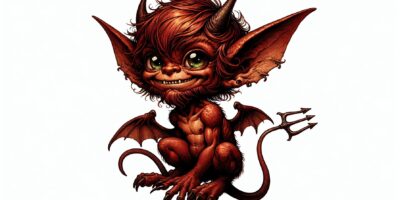
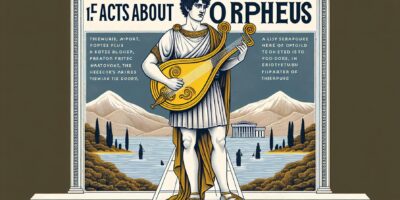
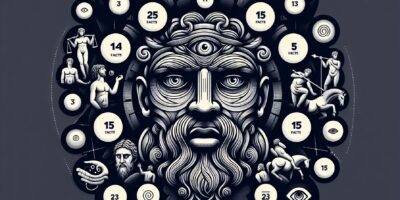
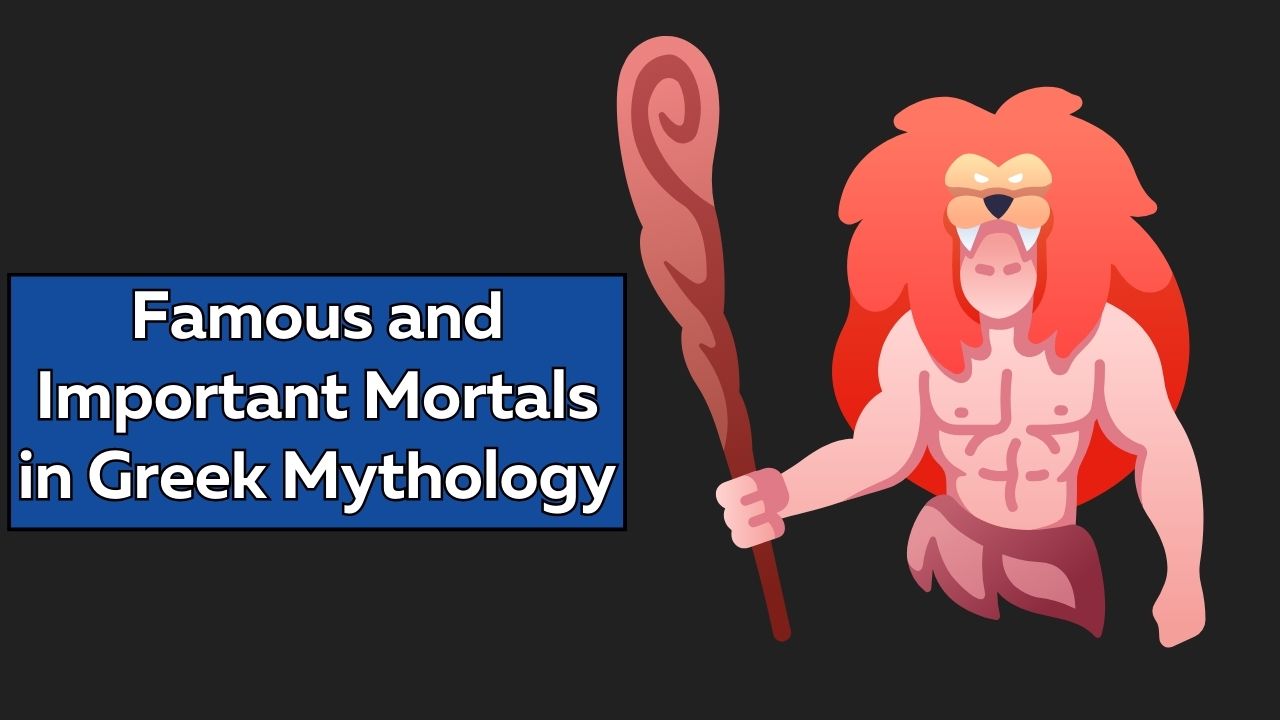
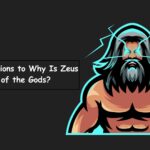
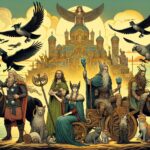
Leave a Reply